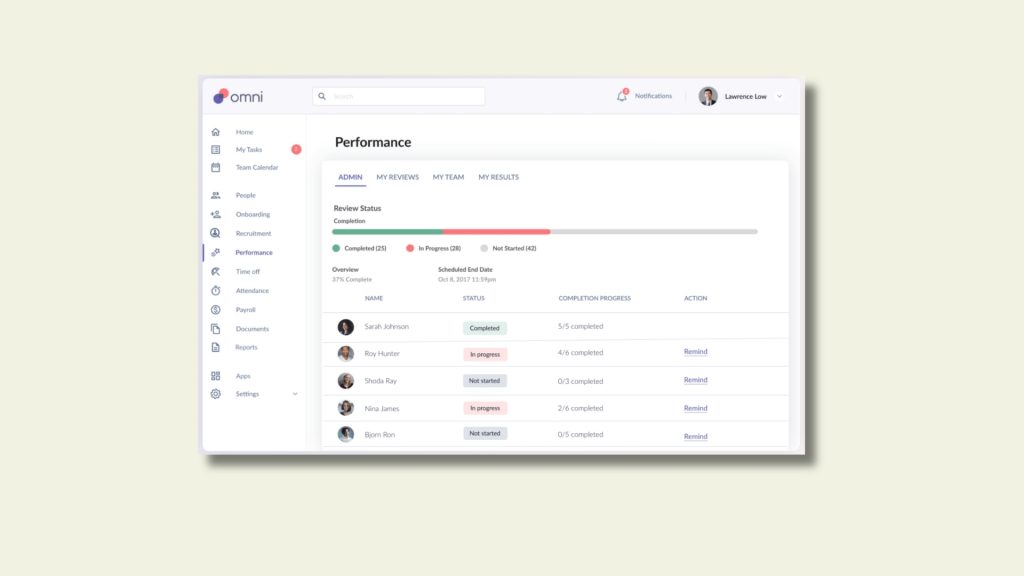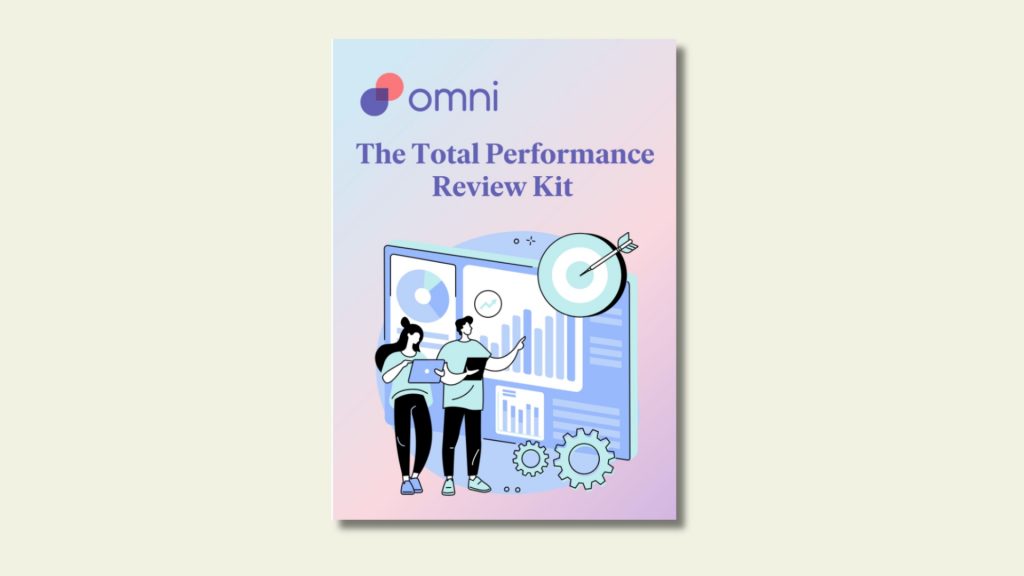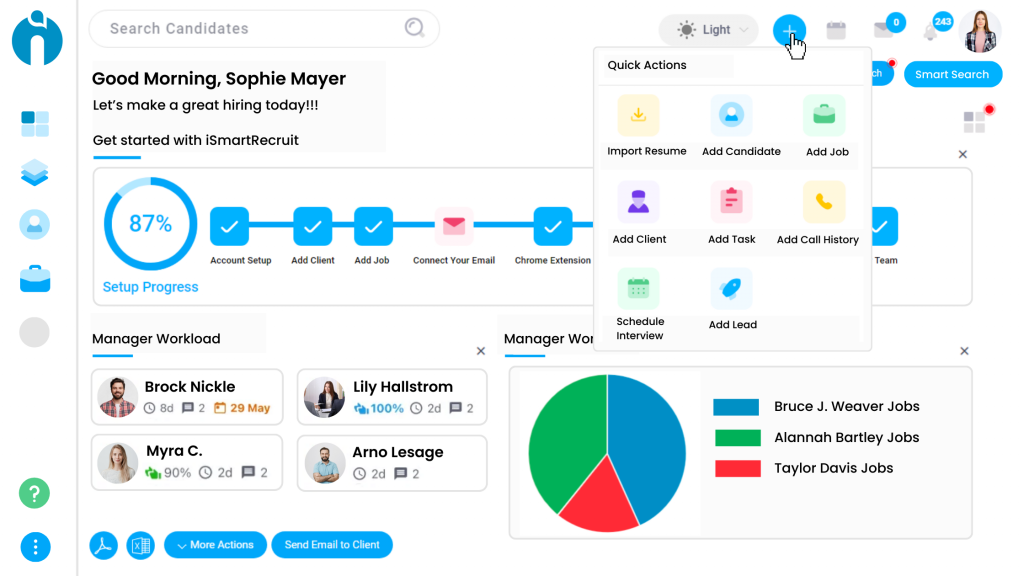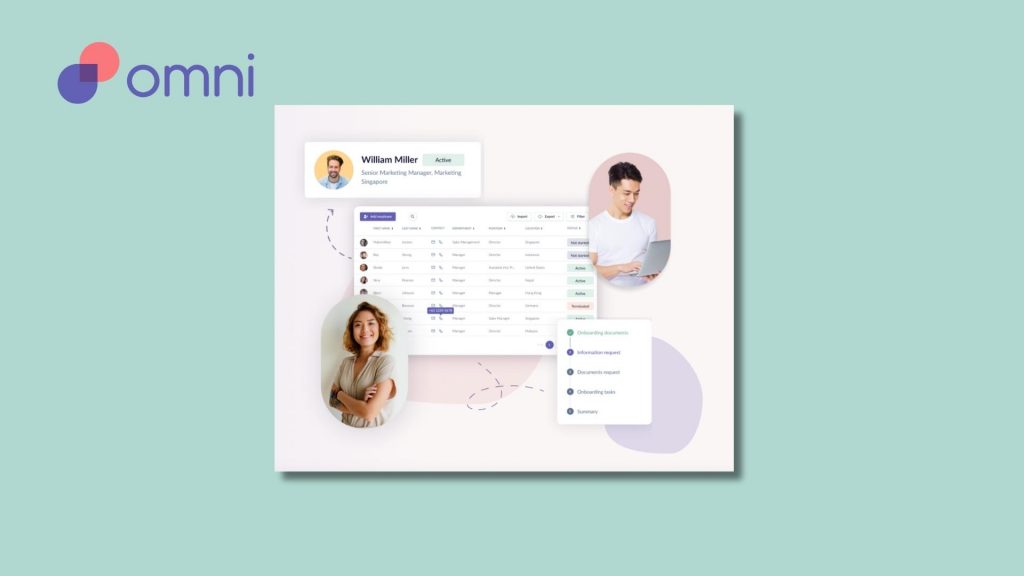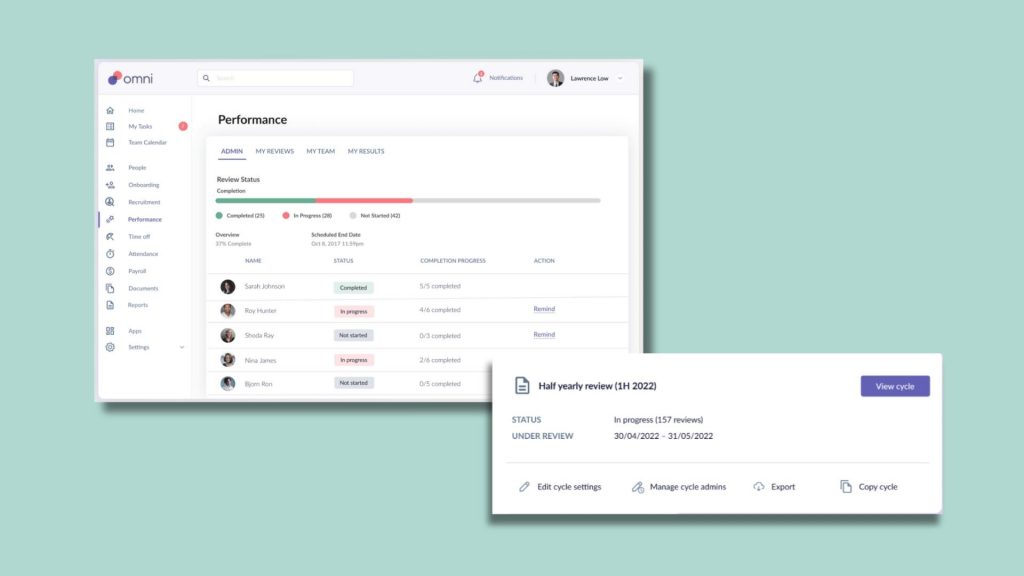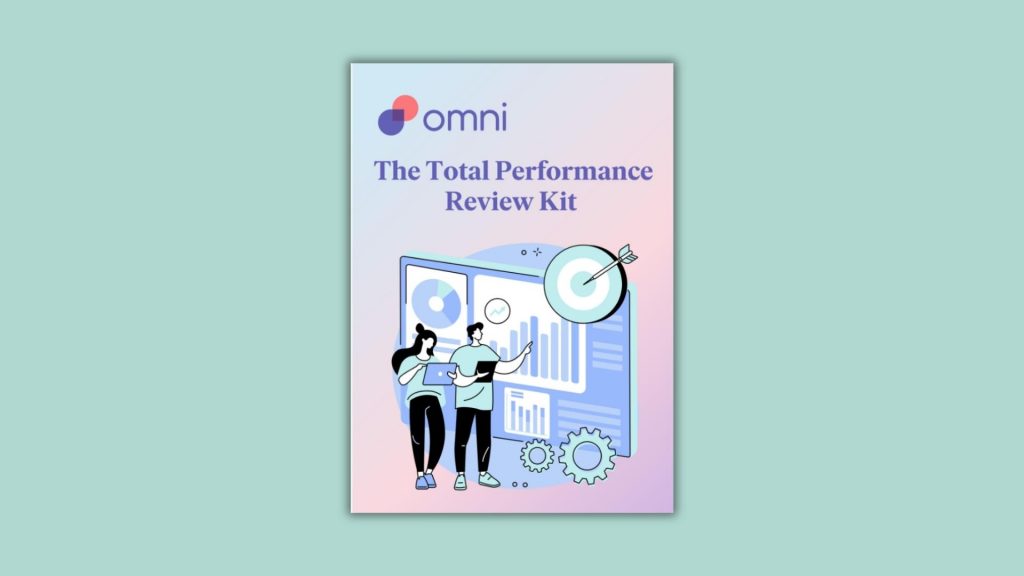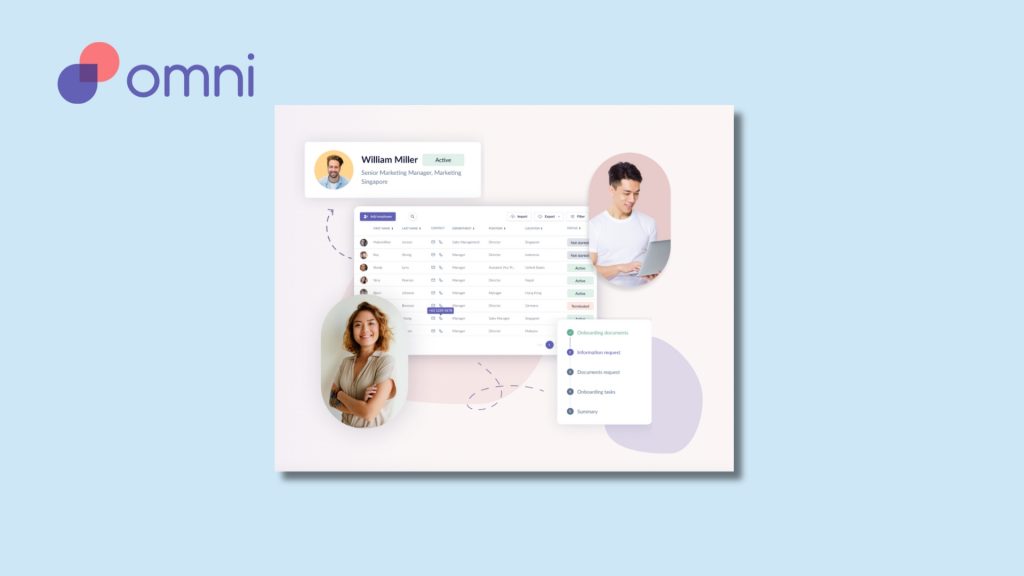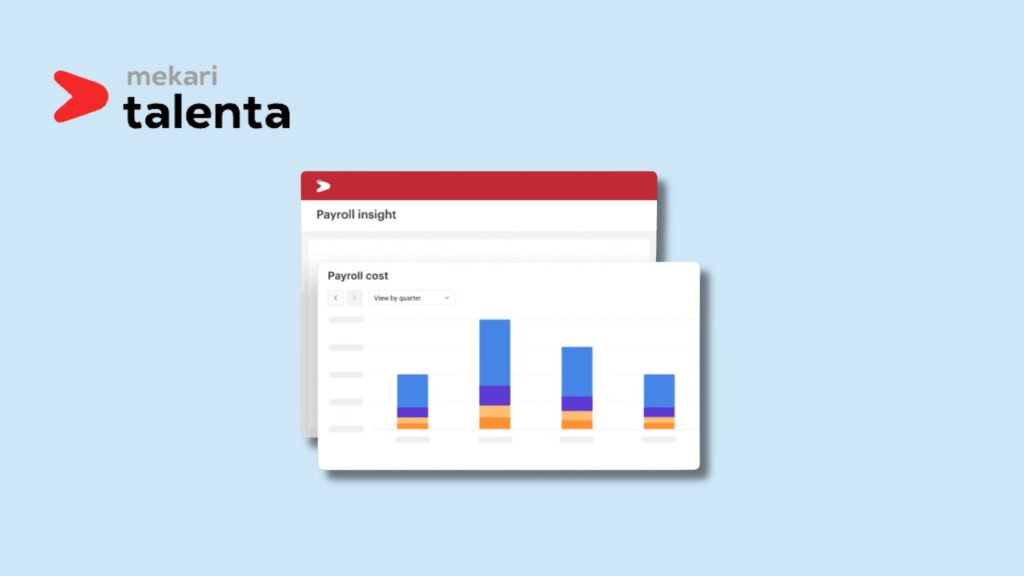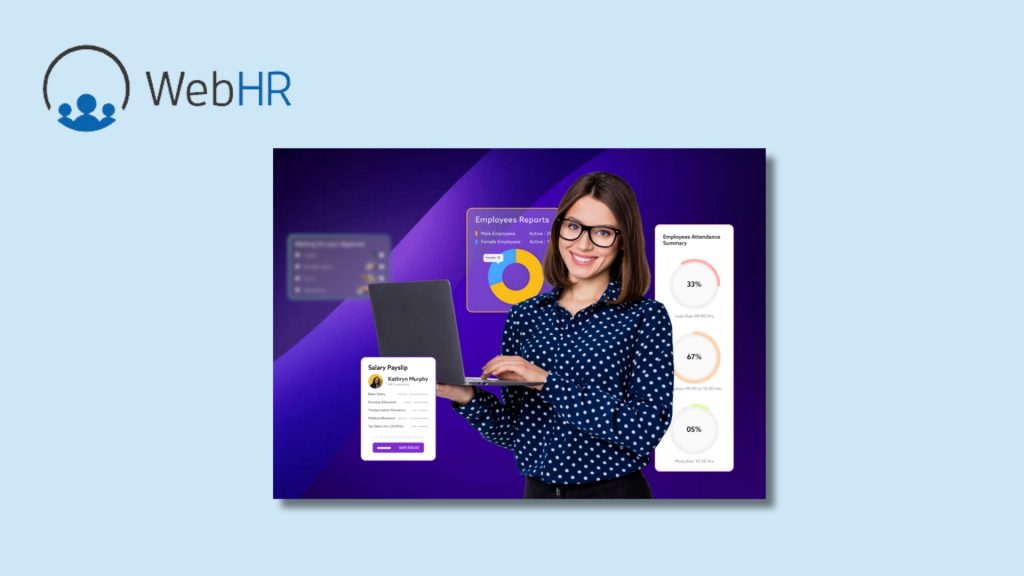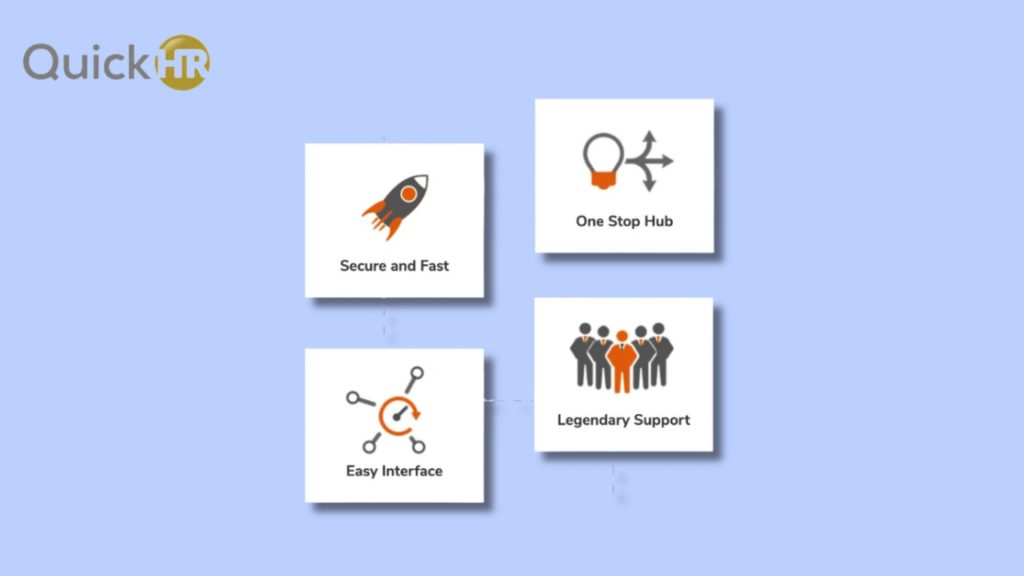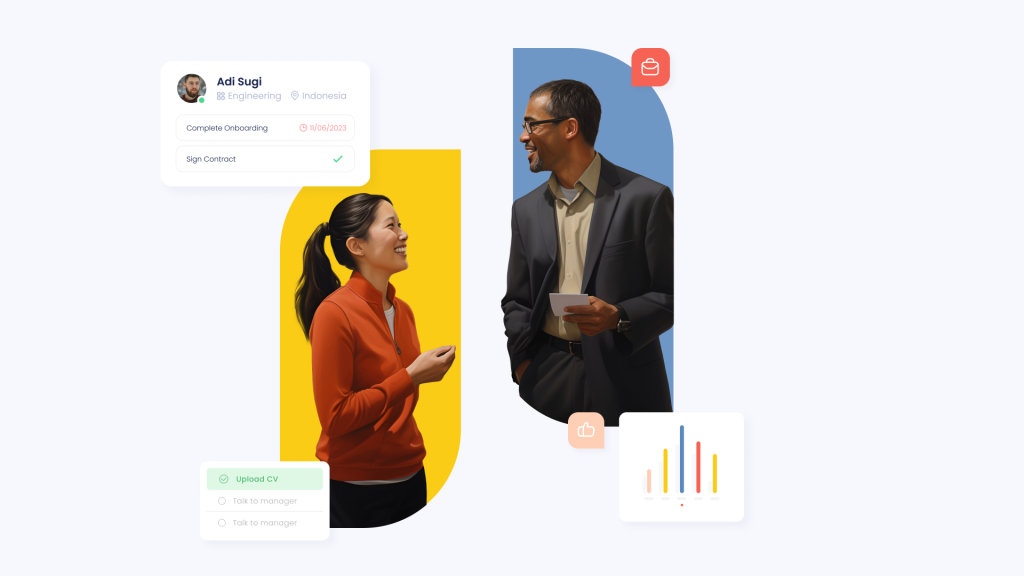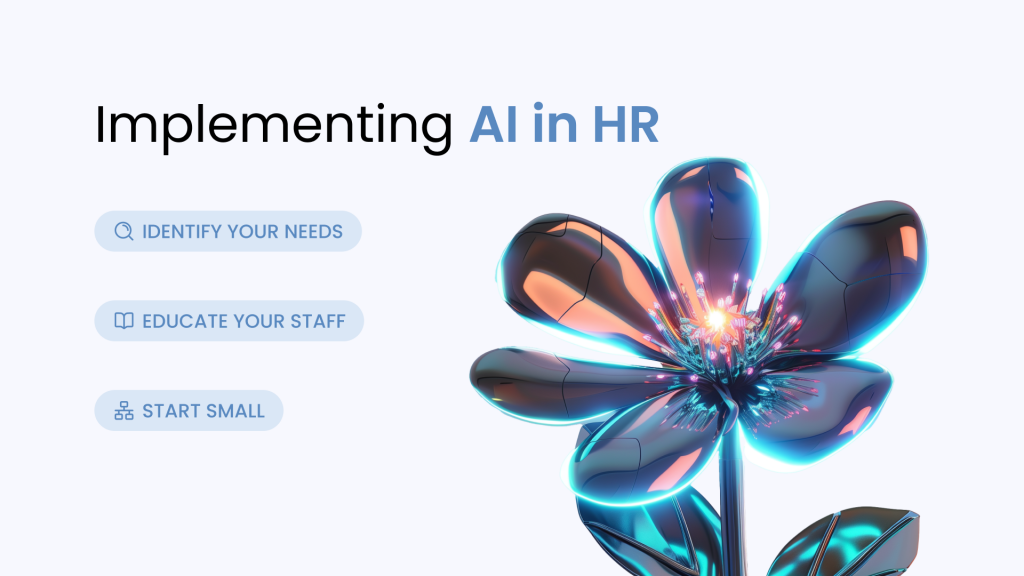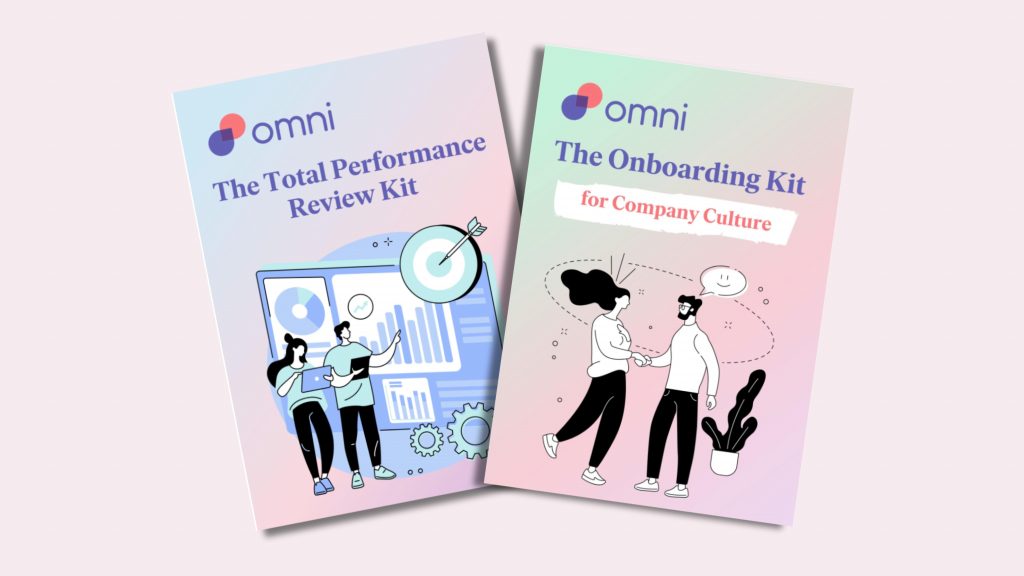Whether you’re looking to become an HRIS Analyst or looking to hire one, understanding the various requirements and facets of the role can be essential. An HRIS Analyst job description illustrates how the multifaceted role involves using HRIS to manage HR-related matters such as system implementation, data analytics, payroll, performance and more.
Analyzing a typical HRIS Analyst job description will prepare you for what to expect when pursuing a career, providing an idea of the skills you need or helping you craft your own HRIS Analyst job description.
An HRIS Analyst role can be quite interdisciplinary and is often tailored to meet each company’s unique needs; one HRIS analyst’s job description may differ from the next.
Here, we will explore 5 HRIS Analyst job descriptions, providing deeper insight into what the job entails and helping you craft your own HRIS Analyst job description to find the perfect fit for your team.
Key Factors of a Well-Structured HRIS Analyst Job Description
A well-structured HRIS Analyst job description (and any job description for that matter) must highlight the various aspects of the role. This includes the title, expected tasks and responsibilities, required skills and accolades, and salary information.
An effective HRIS Analyst job description should be clear with no ambiguity and paint a full picture of the present and future needs of the company regarding the role.
Let’s examine each element of a well-structured job description:
Job title
Candidates see the job title first before anything else and often search specifically for the role they want through the title. A job title should be accurate, descriptive and in line with industry standards. Avoid jargon or ambiguous titles that could confuse applicants or set unclear expectations.
Job scope and responsibilities
A job scope should offer a full summary of the role and what it entails. It should highlight the role’s primary functions, expectations, and duties and leave the applicant with a clear understanding of what tasks they would perform in the role. A well-written job summary will also include how the role ties into the overall vision and mission of the company. When drafting a job scope, you should list the role functions in order of importance and prevalence.
Skills and qualifications
This section of your job description should clearly list the specific skills and qualifications applicants must possess to be considered for the role. These skills can range from technical to interpersonal, such as proficiency in a particular HRIS platform and the ability to work well across teams. Qualifications can range from years of experience to education level and certifications. Your list of requirements should be consistent with industry expectations of the role and be comparable to your allotted salary. You should always leave some flexibility in this category for the right candidate. Remember, you can train for skill, but personality and culture fit are unique to each candidate!
Some employers also opt to add a list of preferred skills and qualifications to their HRIS Analyst job description. These preferences should be clearly labelled as preferred, indicating that the absence of such skills does not disqualify an applicant but does increase the likelihood of being hired.
Salary and benefits
Being clear and straightforward with the salary offer for a role, whether it be an exact amount or a range, allows candidates to understand their financial position and accurately set their expectations. Candidates need to know if their minimum or desired pay needs can be met, as well as other benefits that might mitigate higher compensation.
Being forthcoming about your company’s benefit offerings can help attract talent and increase the likelihood of a high quality candidate pool.
The salary and job benefit section should include the payment, incentives and rewards you offer to employees, including retirement plans, wellness initiatives, and professional development rewards.
Application steps
Detail the steps candidates must take to apply for the role in simple, easy-to-follow instructions. These details should include all the necessary information, such as the application deadline, contact details, and any other information about the hiring process. In offering transparency, you enable applicants to manage their expectations and remove barriers that could otherwise deter applicants.
HRIS Analyst Job Description Examples
With an understanding of what a detailed HRIS Analyst job description entails, let’s take a closer look at 5 varied HRIS Analyst job description examples that put these tips into practice.
Example 1: HRIS Analyst Job Description (With a Focus on System Implementation)
Overview
[Company] is implementing Omni HR across our 50 global locations. The HRIS Analyst will be responsible for configuring, implementing, testing and automating HR modules of the new system. This professional will collaborate with the global HRIS manager and branch project managers to achieve this goal.
Scope and responsibilities
- Serve as the point of contact for every aspect of the Omni HR implementation process.
- Identify global HR requirements and stakeholder needs and key them into the operating model of the HRIS.
- Create a testing plan for implementing the new HRIS and ensure the configuration matches functional specifications.
- Collaborate with external partners to perform specific configuration and testing tasks to ensure effectiveness and timely delivery.
- Work with the project managers to ensure a streamlined process and timely delivery of all milestones from implementation to deployment.
- Configure and implement all Omni HR fast formulas. This includes payroll, benefits, leave, and security permissions.
- Implement a successful go-live process.
- Train and support users by navigating the new software and collecting data on what to fix or improve
- Ensure successful daily use of the new HRIS by keeping track of user and functionality issues
- Document the process in a knowledge base for future reference
Skills and qualifications
- Relevant Bachelor’s degree or equivalent work experience
- At least 3 years of work experience in HR Operations
- Strong working knowledge of HRIS, particularly Omni
- Strong analytical skills
- Proactive mindset and ability to solve problems
- Experience handling sensitive information
- Ability to multi-task and thrive in a fast-paced environment
Salary and benefits
- Estimated salary range: $82,577 – $112,300
- Medical and dental benefits
- 401(K) matching contributions
- Health and wellness programs
- A diverse work culture
Application steps
Please click the ‘apply now’ button and complete the online form with your information. Our hiring manager will review applications and revert as soon as possible.
Example 2: HRIS Analyst Job Description (With a Focus on Payroll, Time and Attendance)
Overview
We are looking for an experienced HRIS Analyst to handle payroll, time and attendance for our HR department. This professional will have a good working knowledge of our HRIS and be able to implement upgrades where necessary.
Scope and responsibilities
- Analyze and maintain the functionality of the current HRIS landscape and recommend improvements
- Perform configuration of payroll, time and attendance issues as they arise
- Implement upgrades and system modifications as soon as they’re released
- Ensure the HRIS is meeting HR needs as they continue to evolve
- Evaluate change requests and determine how they impact the entire system. Offer recommendations and await approval.
- Collaborate with third-party system vendors to facilitate new projects and implement modifications
- Run systematic audits of HR processes and recommend changes for improved functionality.
- Run data queries in collaboration with the analytics and report team
- Ensure all employee requests align with company policies on payroll, time and attendance.
Skills and qualifications
- Bachelor’s degree preferred or relevant industry experience.
- At least 3 years of experience implementing different HRIS for payroll, time and attendance.
- HRIS certification, particularly in relevant HR support areas
- Ability to configure different modules within the HRIS
- Ability to work independently and as a part of a team
- Self-driven and comfortable taking a leadership role
Salary and benefits
- Estimated salary range: $73,300 – $90,100
- Competitive base pay
- 401(k) with employer matching
- Unlimited PTO, sick days and holidays
- Free professional development courses
- Employee referral benefits
Application steps
Send your cover letter and resume to our email, and we will reach out if you’re a match.
Example 3: HRIS Analyst Job Description (With a Focus on Talent and Performance)
Overview
We are looking for an experienced HRIS analyst focusing on providing system support to the talent and performance team via our HRIS. This professional will maintain and implement our HRIS solutions and lead analysis, testing, and reporting per company policies.
Scope and responsibilities
- Develop timely HRIS solutions for complex HR issues. Write vital documentation, develop queries and compile reports on employee performance metrics.
- Prepare training materials and guide users on how to use HRIS
- Collaborate with IT department and third-party vendors to translate business processes into functional requirements
- Compile and provide HR support, ranging from analyzing trends and preparing results.
- Maintain round-the-clock system security and access based on roles. Understand security triggers.
- Develop and complete tests to verify new system updates and supervise usage.
- Provide necessary system information and guidance to stakeholders.
Skills and qualifications
- Minimum of 5 years experience managing, troubleshooting, and enhancing HRIS for talent and performance teams.
- Bachelor’s degree or relevant experience.
- Thorough knowledge of talent and performance team processes
- In-depth understanding of different HRIS and how to implement them in daily HR processes.
- Great problem-solving and analytical skills.
Salary and benefits
- Estimated salary range: $88,000 – $111,000
- Health and dental insurance
- Retirement plan
- Extended paid sick break
- Paid time off
- Extensive professional development resources
Application steps
Click the link to apply on our company site. Fill out the form with your professional details and our hiring manager will reach out if you’re a match for our needs.
Example 4: HRIS Analyst Job Description (With a Focus on Talent Acquisition)
Overview
This role involves offering HRIS support to the talent acquisition (TA) team for recruiting, hiring and onboarding. You will be the go-to expert for all TA needs in this role and have in-depth knowledge of our talent and onboarding system.
Scope and responsibilities
- Offer ongoing support to the TA team through strategic planning, testing and deployment of system solutions.
- Have full knowledge of TA processes and analyze practices in line with company policies.
- Gather and summarize user needs, update documentation and configure the HRIS to meet HR requirements.
- Test new TA systems, propose changes and implement upgrades to the existing system.
- Analyze existing TA processes and implement improvements as needed.
- Collaborate with internal clients and TA staff to analyze needs and produce documentation and reports using the system.
Skills and qualifications
- Bachelor’s degree in HR, finance, business or equivalent working experience.
- At least 3 years working directly with TA using different HRIS solutions.
- In-depth knowledge of TA working practices and processes.
- Experience managing or developing complex HR projects from start to finish
- High level of analytical skills and attention to detail
- Experience developing user documentation from HRIS data.
Salary and benefits
- Estimated competitive salary range: $72,500 – $150,450
- 401(K) with employer matching
- Professional development with advanced resources
- Employee stock purchase options
- Generous vacation and paid sick time off
- Health, dental and vision insurance
- Disability insurance
Application steps
Please forward your cover letter and updated resume to our hiring manager (email provided). Responses usually take 2 weeks due to the amount of applications we receive.
Example 5: HRIS Analyst Job Description (With a Focus on Workday Reporting)
Overview
This professional will play a vital role in implementing and maintaining concise custom and scheduled reports for clients. You will use [HRIS] to create complex and composite reports for customers and be the point of contact for customer issues with reports and analysis. The professional should be able to perform all analysis and reporting tasks in HRIS in accordance with company policies.
Scope and responsibilities
- Develop complex reports and deliver insightful metrics and analytics using HRIS dashboards.
- Analyze and build custom reports using HRIS functionalities.
- Ensure all custom reports function as designed and in line with business requirements.
- Be able to troubleshoot, test and resolve reporting issues in record time.
- Lead various project teams to manage and drive execution.
- Provide helpful reports for project problems and offer insight from a report and metric point of view.
- Collaborate with relevant teams in reviewing reports and ensuring data privacy and security.
Skills and qualifications
- Bachelor’s degree in HR, business, information management or related industry experience.
- Have a good working knowledge of Workday for metrics and reporting and SQL.
- At least 2 years of experience in HRIS report writing.
- Strong technology and research skills with a substantial interest in metrics, data and analysis.
- Strong software skills ranging from Excel to other web-based applications.
- Ability to organize and interpret large amounts of information with high levels of accuracy.
Salary and benefits
- Estimated competitive salary range: $76,000 – $106,150
- Comprehensive health insurance
- Unlimited paid time off
- Retirement benefits
- Remote working options
- Tuition reimbursement
- Vacation packages
Application steps
Fill out our online form with your professional information and upload your updated resume. Our hiring manager will reach out if we want to learn more about you.
Build Highly-Skilled Teams With Tech Recruitment

Sourcing top talent that fits your team’s needs is the key to high performance and innovation. Omni’s recruitment partners make building and advertising your talent search easy, sourcing and attracting talent to fit your company’s unique needs.
With seamless integration capabilities, your shortlisted and hired talent are automatically uploaded into your HR system, taking the administrative burden and manual entry errors out of the recruitment process.
Learn more about how Omni’s automated system can streamline your entire employee lifecycle—from recruitment to onboarding and beyond.

Ready to get your new HRIS Analyst up to speed with your team? Download our comprehensive Onboarding Kit for all the tools you’ll need to deepen engagement and provide a world-class company culture from day 1.





